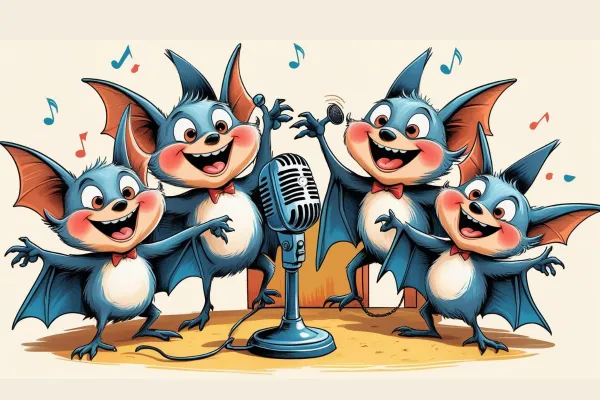
Bats: The Unsung Heroes of the Night
Frontier Trapper
Pest Control & Wildlife Removal
Bats: The Unsung Heroes of the Night
The Maternal Season — What Every Homeowner Needs to Know About Bats
As spring blossoms and the days grow longer, nature is getting ready to welcome new life—and that includes bats. This time of year marks the beginning of the maternal season, a crucial period in the life cycle of our native bat species. While these fascinating animals are an important part of the ecosystem, they can become a serious issue if they decide to raise their young in your attic.
Here’s what every homeowner should know before bats become unexpected (and uninvited) houseguests.
🦇 The Good: Why Bats Matter
Despite their spooky reputation, bats are one of nature’s most valuable allies. They:
Consume thousands of mosquitoes and other insects every night
Help pollinate flowers and fruits in warmer climates
Play a key role in forest regeneration by spreading seeds
Serve as indicators of a healthy environment
If bats are flying through your yard at dusk, chances are they’re working hard to keep the bug population in check. But if they’re slipping into your roofline—that’s when their positive impact turns into a potential hazard.
⚠️ The Bad: When Bats Move Into Your Home
Bats often roost in attics, chimneys, soffits, or wall voids—any place that’s dark, warm, and undisturbed. Once inside, they can cause:
Health risks from guano (droppings), which can harbor fungal spores that lead to Histoplasmosis
Structural damage from urine and feces, which can destroy insulation, stain wood, and create foul odors
Insect infestations, including bat bugs (similar to bed bugs)
And if they’re nesting during the maternal season? That’s when removal becomes complicated.
🐾 What is the Maternal Season?
The maternal season typically begins in mid-May and runs through early August, depending on weather and location. During this time, female bats form maternity colonies—groups where they give birth and raise their pups.
Baby bats (called “pups”) can’t fly for several weeks after birth. If adults are removed while pups are still flightless, the babies are left behind to die, leading to both ethical concerns and serious hygiene issues in your home.
🛑 Legal Protections for Bats
Many bat species, including those in Missouri and Kansas, are protected under federal and state wildlife laws. It is illegal to disturb, remove, or exclude bats during the maternal season unless under very specific circumstances approved by conservation authorities.
If you miss the pre-season window, you may have to wait until late summer or early fall to address the issue legally.
🔍 Signs You Might Have Bats
Chirping or scratching sounds at dusk or dawn
Bat droppings in the attic or around entry points
A strong, musty ammonia odor
Greasy stains near vents or openings
Bats seen flying in and out of the same area
🕒 Time is Running Out
If you’ve seen or heard signs of bats in your home, now is the time to act. Once maternal season starts, all removal and exclusion efforts must pause—sometimes for months.
Reach out to a licensed professional for an inspection and humane removal options before the window closes.
✅ Frontier Trapper Can Help
Our team is trained in safe, legal, and environmentally responsible bat exclusion. We understand the laws, the biology, and the urgency.
Don’t wait for pups to arrive. Call Frontier Trapper today and let us help you reclaim your home before it becomes a bat nursery.
We provide high-quality trapping and removal services in Overland Park, Leawood, Shawnee, Olathe, Gardner, Lenexa, Prairie Village, Kansas City, Grandview, Lees Summit, Belton, Raytown, Independence, Parkville, Gladstone and surrounding areas.
🦇 Woman-Owned. Locally Loved. Professionally Trusted.
📞 Call Today: (816) 914-8660
🌐 Visit Us: FrontierTrapper.com
